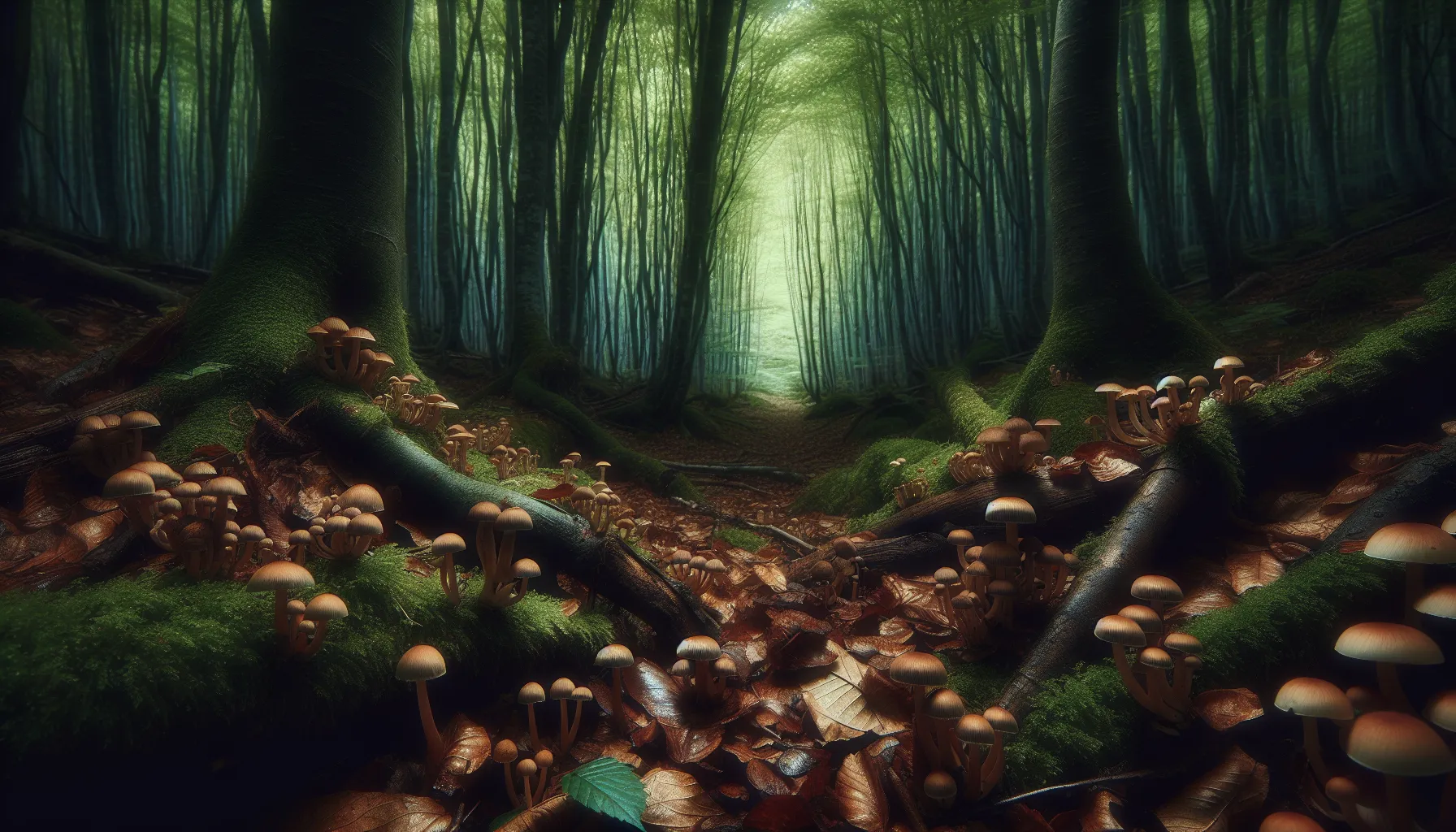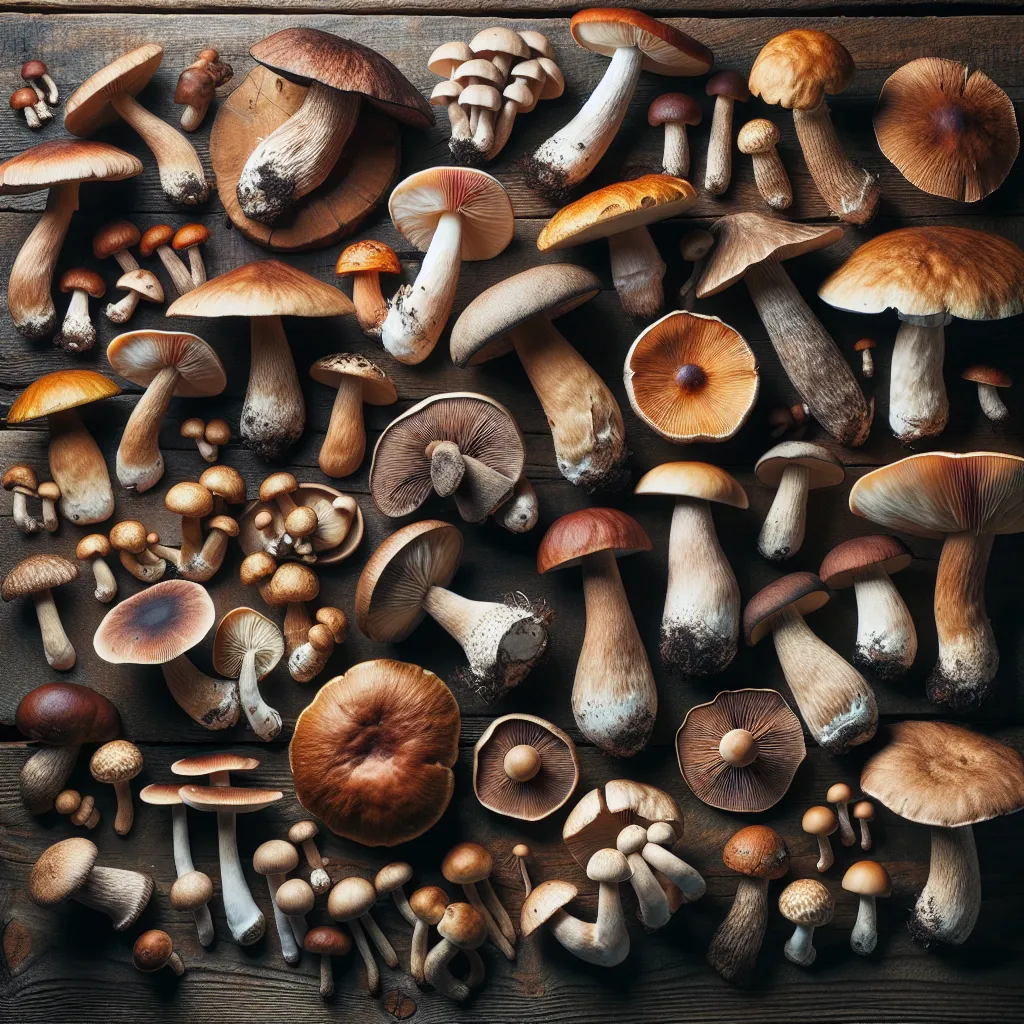In the world of gastronomy, wild mushrooms hold a treasured spot, imbued with the essence of the forests they emerge from and heralded for their complex flavors and textures. The journey from forest to fork is a tale of nature, nurture, and the nuanced art of foraging (as well as a bit of culinary expertise!). Today we will delve into the intricate processes that bring these natural delicacies to your plate, highlighting the harmony between the wild ecosystems and our culinary practices.
The Foraging Tradition
Foraging for wild mushrooms is an ancient practice, deeply rooted in many cultures around the world. It is not merely the act of collecting food but a profound connection to the land and its seasonal cycles. Foragers must possess extensive knowledge of mushroom species, understanding which are edible, which are delectable, and crucially, which are toxic.
Ethical and Sustainable Foraging
Sustainability is key in mushroom foraging. Ethical foragers follow strict guidelines to ensure that they do not disturb the delicate forest ecosystems. They harvest in a way that allows the fungi to continue to thrive, taking care not to overharvest and using tools that minimize damage to the mycelium, the underlying fungal network essential for regrowth.
For a deeper understanding of sustainable foraging practices, the North American Mycological Association offers resources and guidelines that help protect our natural heritage while also allowing for the enjoyment of foraging.

Identification and Safety
The process of identifying wild mushrooms is intricate and requires a sharp eye. Foragers must be educated in recognizing the subtle differences between species, as misidentification can lead to serious health risks. Many edible mushrooms have poisonous look-alikes, making the knowledge and experience of the forager invaluable.
For those interested in learning about mushroom identification, websites like MushroomExpert.com provide detailed information on various species, including identification keys and comparison tools.
Culinary Preparation
Once the mushrooms have been safely harvested, they enter the realm of culinary transformation. The preparation of wild mushrooms in the kitchen is as much an art as foraging. Chefs and home cooks alike must know how to clean, store, and cook these fungi to bring out their best qualities.
Cleaning and Storing
Cleaning wild mushrooms requires a gentle touch to remove debris without damaging their delicate flesh. Storage methods vary by species, but generally, keeping them cool and dry prolongs their freshness until they are ready to be used in dishes.
Cooking Techniques
The cooking of wild mushrooms is where their flavors truly shine. Techniques such as sautéing, roasting, and grilling enhance their natural umami and texture. Each species has its own unique qualities that can be complemented with different herbs, spices, and cooking methods.
For culinary inspiration and techniques specific to wild mushrooms, the Wild Food UK website offers a plethora of recipes and advice on how to get the best out of foraged fungi.

Gastronomic Delights
Wild mushrooms find their way into a myriad of dishes, from simple sautés to elaborate gourmet creations. Their versatility in the kitchen is unmatched, pairing well with everything from meats and fish to grains and vegetables. Some well-known wild mushrooms that are highly prized for their taste include Morels, Chanterelles, and Porcini.
Health Benefits and Nutritional Value
Beyond their flavor, wild mushrooms are also celebrated for their nutritional benefits. They are a great source of vitamins, minerals, and antioxidants, with some varieties even having medicinal properties. The health benefits of mushrooms are being studied extensively, and they are increasingly included in diets for their potential to bolster immunity and overall health.
For comprehensive information on the health benefits of wild mushrooms, the MycoMedicinals site by renowned mycologist Paul Stamets provides valuable insights into the medicinal properties of fungi.
Challenges and Conservation
While wild mushrooms offer a bounty of benefits, there are challenges to ensuring their continued availability. Habitat destruction, climate change, and overharvesting pose threats to wild mushroom populations. Conservation efforts are essential to preserving these resources, requiring a collaborative approach between foragers, conservationists, and the public.
Organizations like the Fungi Foundation work tirelessly to promote the conservation of fungi and their habitats, emphasizing the importance of these organisms to our ecosystems and to our plates.
Conclusion
The journey of wild mushrooms from forest to fork is a beautiful symphony of nature’s bounty and human tradition. As you savor the rich tastes of these forest gems, remember the meticulous process of foraging, identifying, and preparing that has made such a culinary experience possible. The respect for nature and the dedication to sustainable practices ensure that wild mushrooms can continue to be enjoyed for generations to come.
The intricate dance between the forager, the chef, and the diner is a testament to our interdependence with the natural world. In each bite of these earthy morsels is a story of the forest, a tale of the earth’s generosity, and a reminder of the delicate balance we must maintain with our environment. May the journey of the wild mushroom inspire a deeper appreciation for the natural wonders that grace our plates.
